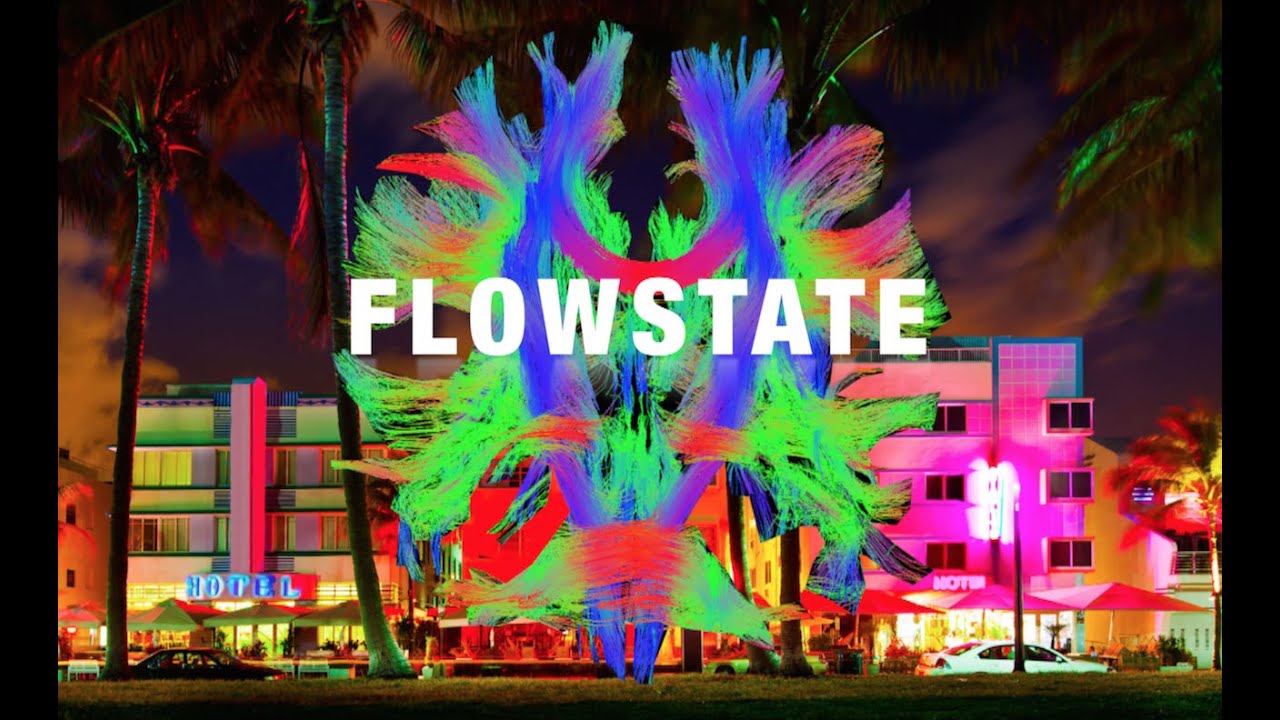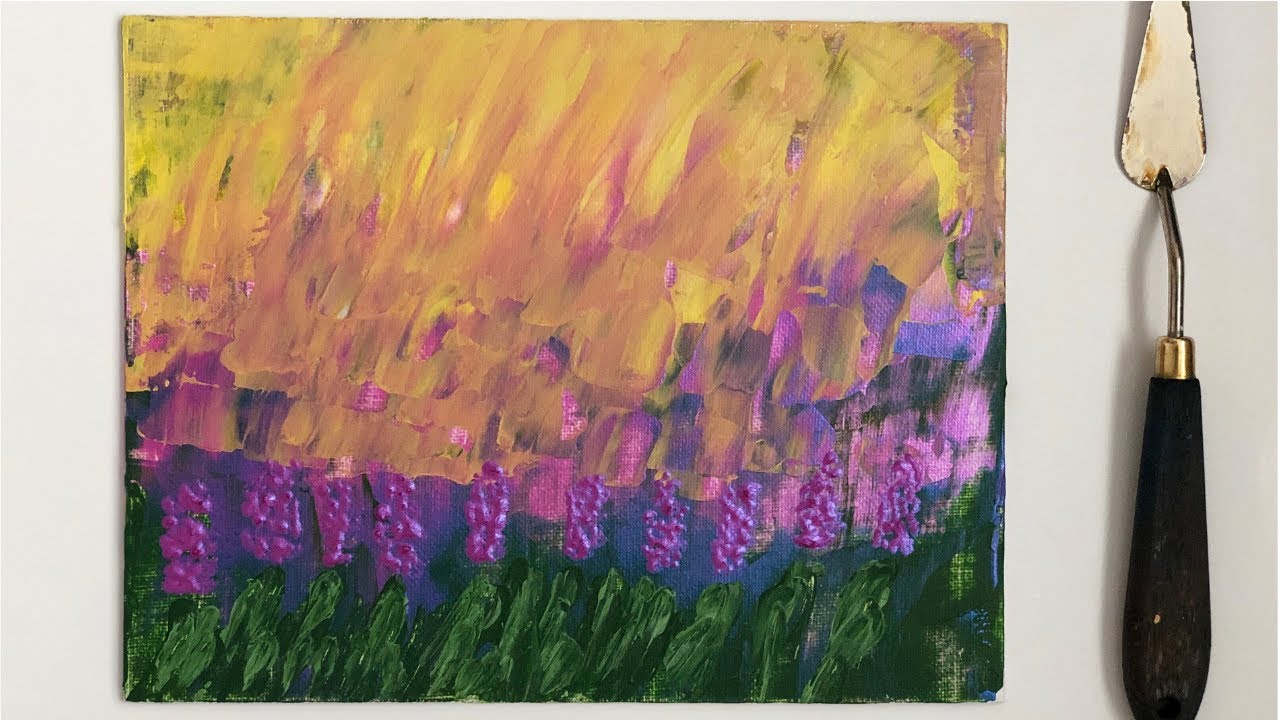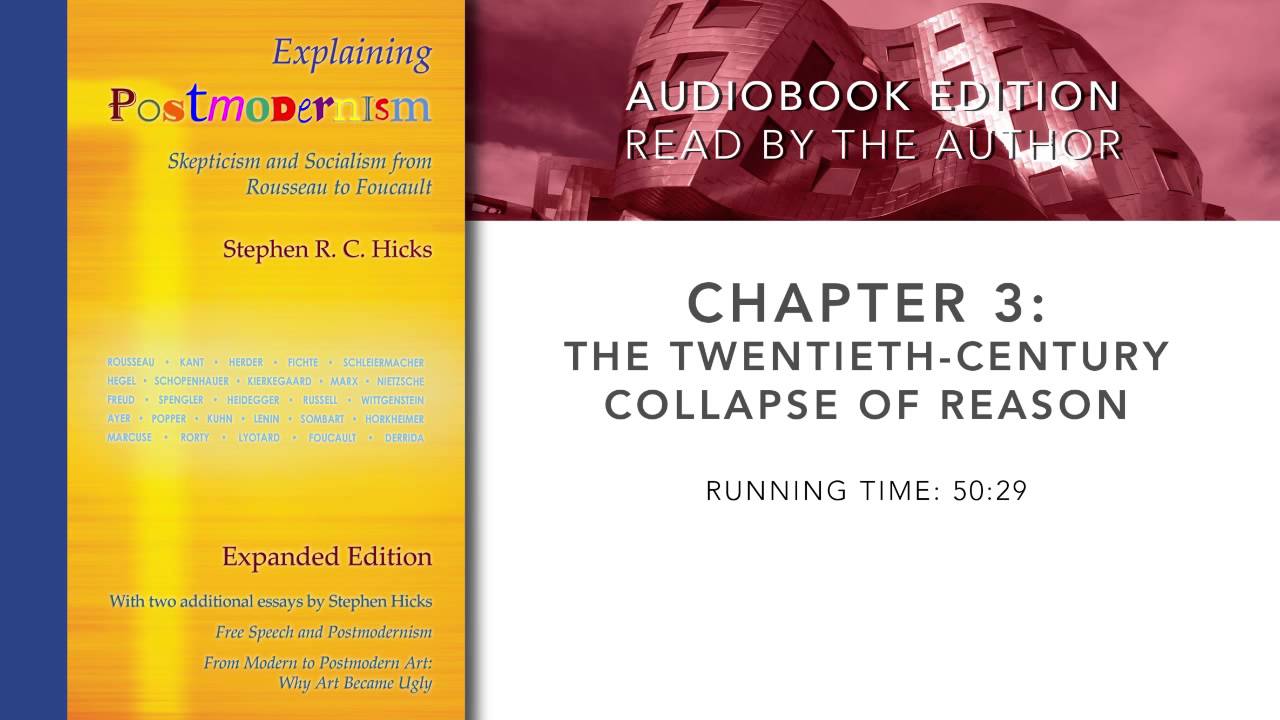Cody Rall MD with Techforpsych
Get Neurofeedback Meditation Coaching with Dr. Cody at http://www.techforpsych.com/coaching
Good day to you fellow happy psychonauts! What if a neuroscience concept helped you to generate endogenous happiness all-day-long? This is the first of a two part series filmed in Miami, Florida. I speak about hitting your “flowstate” through passion, meditation, and understanding a new neuroscience finding called the Default Mode Network. Brain circuit studies will continue to unveil these primal human abilities. It is an exciting future!
www.newmavericks.com
www.techforpsych.com
Source




I’m so happy I found this channel! I’ve made some videos on neuroscience too, your channel is a good example of what I would like my channel to be like one day.
On the default mode network, a different perspective (and it has nothing to do with flow)
A resting state, or ‘somatic rest’, would seem to correspond with a brain at rest or ‘neurologic’ rest, but by definition, somatic and neurologic rest are entirely different things. A resting ‘state’ or somatic rest represents the inactivity of the striatal musculature that results from the application of resting protocols (continual avoidance of perseverative thought represented by rumination, worry, and distraction.). Resting states also are affective states, as they elicit opioid activity in the brain. Resting states in turn may occur in tandem with all levels of non-perseverative thought that are passive or active, from just passively ‘being in the moment’ or being mindful, to actively engaging in complex and meaningful cognitive behavior. The latter cognitive behavior is also additionally affective in nature due to its elicitation of dopaminergic activity, and resulting opioid-dopamine interaction results in a perceived state of ‘bliss’ or ‘flow’. On the other hand, a resting ‘brain’, neurologic rest, or the so-called ‘default mode network’ is a specific type of neural processing that occurs when the mind is in a ‘passive’ state, or in other words, is presented with no or very limited cognitive demands. This results in ‘mind wandering’ that can entail non-perseverative (creative thought) or perseverative thought (rumination, worry). As such a resting brain may or may not correlate with somatic rest, and is correlated with a level of demand, not a kind of demand, as in somatic rest.
Like the broad color palate that emerges from the intermix of three primary colors, it may be argued that meditative states are simply emergent properties of two very distinctive neuro-physiological resting states that have separate and easily definable causes. It is remarkable that in the literature of meditation, the neuro-physiology of rest both in body and mind is not defined, with a similar neglect to how neuro-muscular activity is actively shaped by experience or learning. The importance of meditation is very real, and the meditative community is understandably averse to equating it with rest since it makes meditation less ‘special’ or less marketable. But that is my argument nonetheless, which in the end provides a better advocacy of meditation by denying that meditation elicits a unique physiological process or state, which like the concept of ‘phlogiston’, or the imaginary element that enabled fire, impedes rather than furthers scientific inquiry.
The Psychology of Rest
https://www.scribd.com/doc/284056765/The-Book-of-Rest-The-Odd-Psychology-of-Doing-Nothing
This above book is based on the research of the distinguished neuroscientist Kent Berridge of the University of Michigan, a preeminent researcher and authority on dopamine, addiction, and motivation, who was kind to vet the work for accuracy and endorse the finished manuscript.
Berridge’s Site
https://sites.lsa.umich.edu/berridge-lab/
Meditation and Rest
from the International Journal of Stress Management, by this author
https://www.scribd.com/doc/121345732/Relaxation-and-Muscular-Tension-A-bio-behavioristic-explanation
endogenous is a beautiful word
Transcendental Meditation does the opposite, it increases the activity in the Brain default mode? Shit meditation!!!1
Cody you should check out Gary Weber here on YouTube. He has great talks tying together thoughts (I call it mental chatter), the DMN, psychedelic effects on DMN, and also self-inquiry as a meditation technique (deconstructing the 'I' or ego). Also connection between Hood Mysticism Scale and meditation/psychedelics/oneness. Really great resource, his book is great too.
Does getting into flowstate mean lower activity of the default mode network? Then TM is pretty much counter productive for this state?
All the best!
There is more news on the Default Mode Network. Look at this: https://www.eurekalert.org/pub_releases/2016-11/muom-rvt110316.php
You deserve more views man, you're channel is informative and dope.
Keep up the good work!
Think about when you were a kid and you got into trouble at school. I know that my DMN was only "working" on coming up with the best version of the story possible to tell my dad when I got off the bus. Whenever I had down time my mind would immediately get to work on that, no effort on my part to meditate on that. Isn't your DMN influenced by the stress(es) that you are under at any given time? Btw I didn't mean this as a joke. It's an honest question. Thank you.
JESUS CHRIST is the only way…
but this topic is really interesting 😀
wow such scientific words nice
Hey, it's PikachuPR0. Saw your comment on my video and this looks pretty cool!
Pretty interesting topic Cody, thank you for sharing 🙂
Love your work Cody. Learning about DMN / flow states has been so important in my work and I love the "aha" moments people get when they first come across it. Lots of growing interest in individual flow states through various meditative practices, I think equally important are group based flow states, drumming circles, chanting, choirs etc .. we've lost so much of this in current world. Looking forward to part 2.
One only needs to "practice". Thank goodness for brain plasticity:)
Nice to be in the warm sun again, eh? ☀️